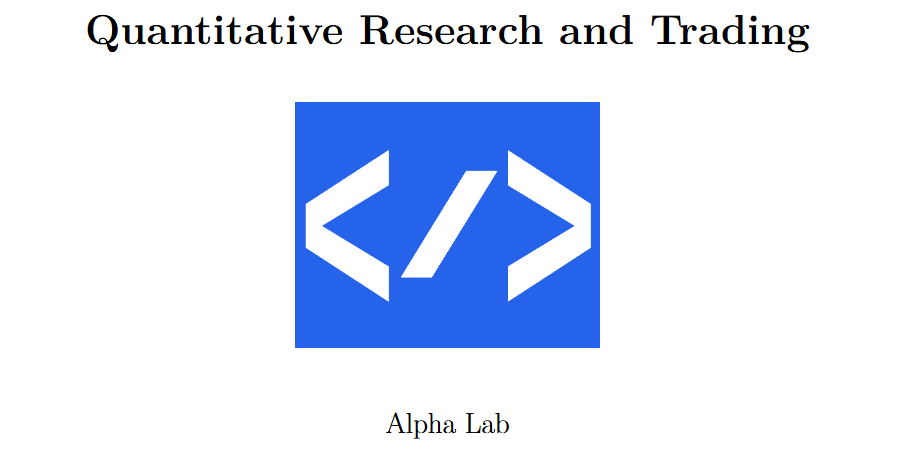[WITH CODE] Model: Generalized Gumbel copula
Reveal the hidden dependencies that trigger extreme events
Table of contents:
Introduction.
Assesing limitations.
The copula paradigm.
Mathematical foundations.
From marginal to correlated structures.
The geometry of correlations.
Gaussian copula.
Generalized Gumbel copula.
The optimization trial or maximum likelihood.
Introduction
In quantitative finance, challenges arise when we try to model high-dimensional distributions. Let’s say you have access to abundant, high-quality univariate data—like daily returns for the SPX or the VIX—spanning 4,000 trading days. These individual time series are well understood; their empirical cumulative distribution functions are meticulously constructed using every available nuance in the data.
But here’s the catch: understanding how these variables interact is where things get tricky. Joint samples—where the returns of SPX and VIX coincide on the same day—are far scarcer, available for only about 500 days. This disparity creates a critical dilemma:
How do we preserve the rich detail of the marginal distributions while accurately modeling the underlying correlation structure with limited joint data? The answer lies in a method called copula —a framework that stitches together individual marginals with the complex dependency structures of multivariate systems.
Copulas offer a way to separate the distributional aspects from the dependence structure—a breakthrough that has transformed fields like risk management and financial engineering.
Assessing limitations
Several challenges arise when attempting to model high-dimensional distributions using copulas:
While univariate data is abundant, joint observations may not fully capture the dynamic interplay between variables. This scarcity raises concerns about the statistical reliability of correlation estimates.
Copulas excel at separating marginals from dependencies, but selecting an inappropriate parent multivariate distribution—for example, assuming a Gaussian structure when the true relationships are more complex—can lead to misestimations of tail dependencies and risk.
Maximum likelihood estimation, especially in high dimensions, is prone to challenges such as gradient instability and convergence issues. Factors like optimizer choice and the need for gradient clipping become critical for practical implementation.
As the number of variables increases, estimating the multivariate correlation matrix becomes exponentially harder. Even with modern computational tools, robust parameter estimation in higher dimensions often strains both computational resources and statistical theory.
These limitations highlight the need for careful consideration of both the data and the modeling approach.
The copula paradigm
At the core of solving this problem lies the copula framework—an approach that allows us to combine univariate marginal distributions with a joint correlation structure derived from limited joint observations. Here’s how the most basic process works:
Constructing marginal distributions: For each variable in the system—such as SPX and VIX returns—we build robust empirical distributions. These are represented by cumulative distribution functions
\(\phi_X(x) = \frac{1}{n} \sum I(x > X_i) \)derived from 4,000 samples.
Mapping to uniformity: The joint samples, though limited, are passed through their respective marginal CDFs to obtain values uniformly distributed in the interval [0,1]. This transformation standardizes the marginals and places the data in a copula space.
Reintroducing correlation through inverse transformations: Using a parent multivariate distribution, we apply the inverse CDF—quantile function—to map the uniform samples back into a space where correlations can be accurately captured.
Maximum likelihood estimation: Finally, MLE tunes the parameters of the parent distribution—typically the covariance matrix in the case or other parameters in generalized variants—to maximize the likelihood of the transformed joint data.
The copula framework provides a structured approach to addressing the challenge of modeling high-dimensional distributions. By separating the marginals from the dependency structure, it enables a more nuanced understanding of multivariate systems.
If you want to go deeper about copulas, check this:
Mathematical foundations
Sklar’s Theorem provides the theoretical underpinning of this approach, stating that any multivariate joint distribution can be written in terms of its marginals and a copula that captures the dependency structure.
Consider a set of random variables {Xi,Yi} with corresponding marginal CDFs FX(x) and FY(y). The joint CDF FX,Y(x,y) can be expressed as:
where C is the copula function. This form allows quants to separately specify the individual behavior—margins—and the interdependence—copula. The elegance of this approach is its modularity. For example, in our scenario, you might have perfect estimates for FX and FY derived from extensive univariate data, yet you require a method to accurately represent the joint behavior with limited joint observations.
In practical terms, one begins by transforming the joint samples into the unit hypercube. For each observation (Xi,Yi), one computes the corresponding uniform sample:
These transformed values are now uniformly distributed on [0,1] and yet retain the correlation structure initially present. The next step involves lifting these uniform samples back into a space dictated by a chosen parent multivariate distribution. For instance, if we use a multivariate Gaussian as our parent distribution, we apply the inverse CDF or quantile function, denoted as
to each uniform sample:
In short, the copula methodology allows us to import the detail of our high-fidelity univariate distributions into a correlated framework, much like weaving together individual threads into a coherent tapestry.






